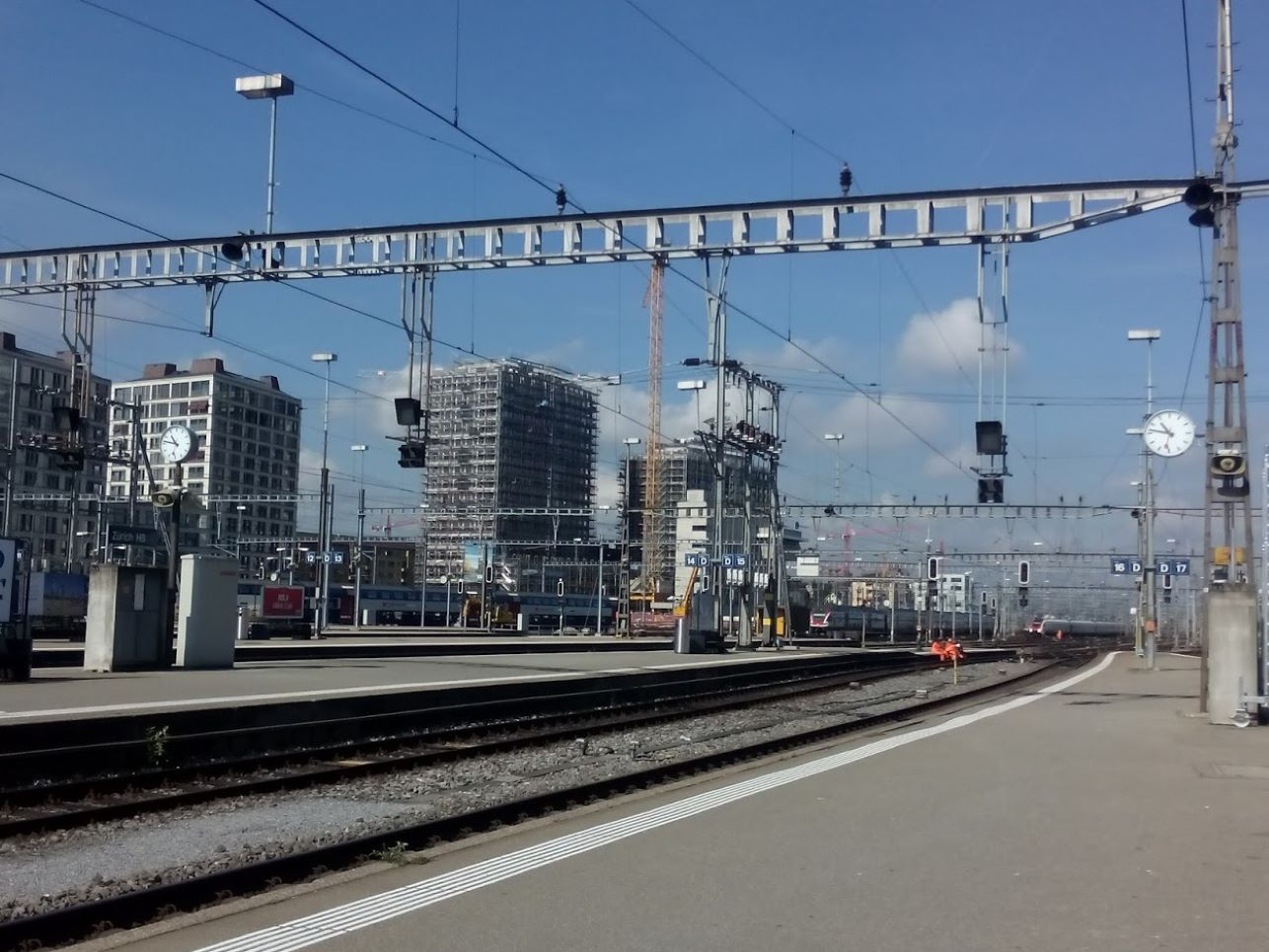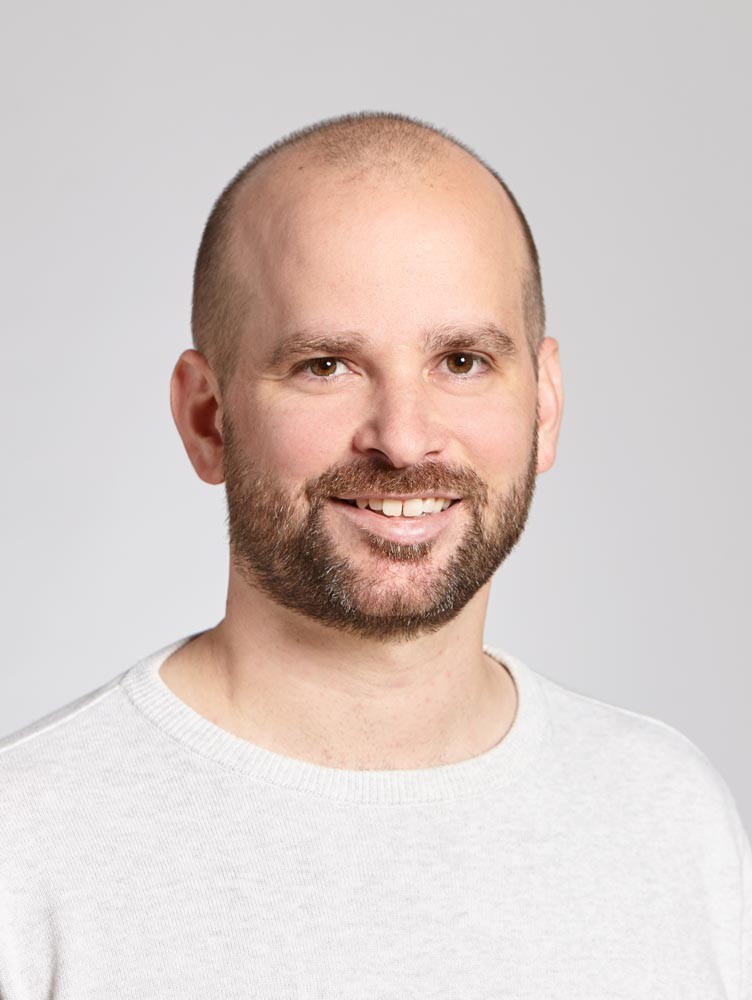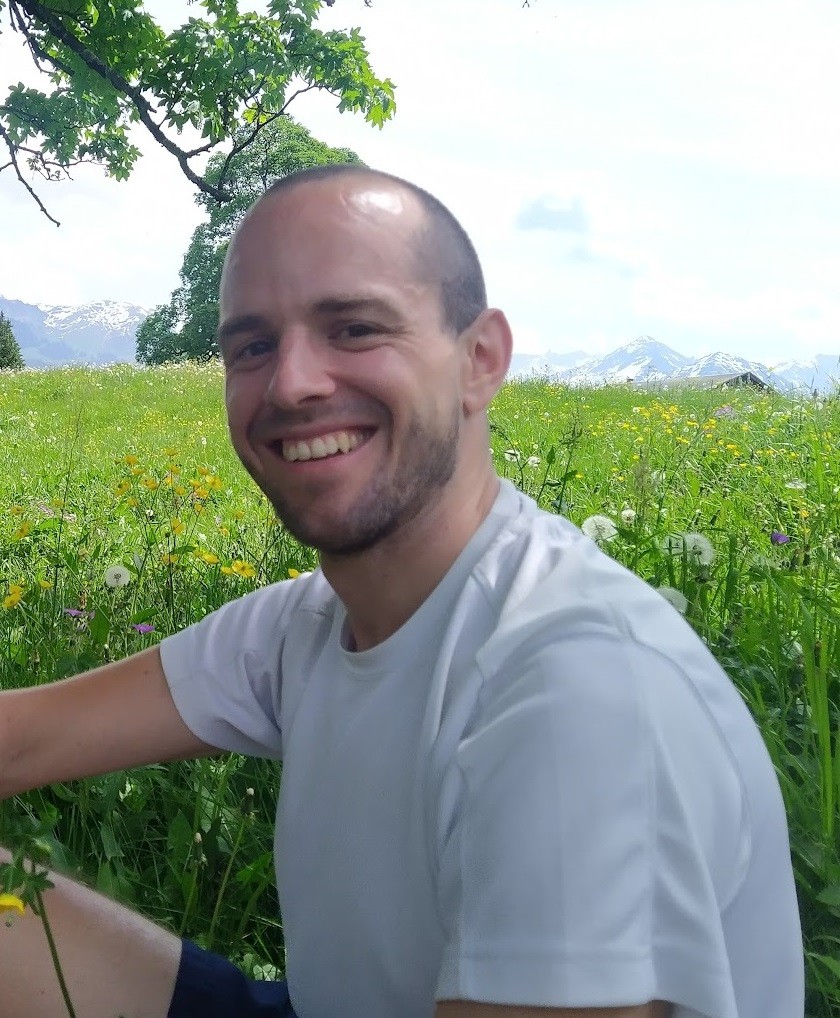Co-Creating Mobility Hubs: Methods for Assessing Societal Demands
This research project is part of an interdisciplinary project of SBB, ETH Zurich and EPF Lausanne and was completed in 2023. The aim was to investigate the possible transformation of railway stations into so-called mobility hubs. The future development of rail-based transport hubs into intermodal mobility hubs is intended to create hubs that meet the requirements of a high quality of stay and a wide range of services for customers not traveling by rail. Mobility hubs could improve the interface between different modes of transportation, such as private and public rail systems, especially in suburban and regional population centers. Understanding the current and anticipating the future societal needs of different user groups is critical to the success of change efforts.
Introduction
While the development of transportation hubs is a central measure for optimizing land use and thus densifying urban spaces, such projects can provoke (local) resistance and trigger (local) public debates. As a consequence, a lack of public acceptance can lead to slower implementation of such projects. Securing public acceptance and support for densification is therefore crucial for the transformation of transportation hubs, specifically in metropolitan regions. The two methods developed in this chapter help identify both user and resident needs and potential impacts early on. This project therefore focused on two key research questions and, concomitantly, two methods to be developed for assessing societal needs:
- Societal requirements survey: What are the demands of (potential) users of mobility hubs? The aim was to weigh and assess different functions of transport hubs and their design from the user's point of view.
- Analysis of spillover effects on society: What are potential spillover effects of mobility hubs on surrounding (urban) areas? The effects of rezoning and supply expansion on the surrounding areas of developing mobility hubs were investigated.

The Project
The (urban) space in Switzerland as well as the fabric of society are shaped by no infrastructure as much as by railroad stations. The development of railroad stations into mobility hubs is thus about more than just the renewal of buildings, spatial structures and functions. Rather, such developments also encompass the surroundings of mobility hubs, especially public spaces and the social fabric. Mobility hubs are thus not only important for the development of rail-bound transport and intermodal mobility but also for the spatial development of regions, cities and areas.
Such transformations not only affect railway stations themselves but their surrounding urban areas and consequently its residents. A mobility hub is thus more than an assembly of technical infrastructure and is part of a larger socio-technical system. Against the backdrop of better understanding whether mobility hubs can help urban areas to both densify and decarbonise, this research task thus focuses on three main research questions
- What are demands for mobility hubs by current users/user groups, especially from a societal perspective?
- How can mobility hubs transform mobility behavior, specifically of individuals who predominantly rely on their car?
- What are potential spillover effects of mobility hubs on their surrounding urban areas?
Beyond other things, this project conducted survey experiments around the three train stations Bern Wankdorf, Ostermundigen and Nyon in 2021. The research project aimed to determine the requirements of future trainstations. In the survey, questions about respondents' attitudes toward offerings at the respective station, their mobility behavior, and themselves were included. This project has been successfully completed and the final report is available upon request. Results on the survey research can be found further below.
Publications and Downloads
Wicki, M., Hauller, S., Bernauer, T., & Kaufmann, D. (2022). Co-Creating Mobility Hubs (CCMH) – Ein transdisziplinäres Forschungsprojekt der SBB zusammen mit der ETH Zürich und der EPF Lausanne. Survey Results
Aebischer et al. (2022). Co-Creating Mobility Hubs (CCMH) – Ein transdisziplinäres Forschungsprojekt der SBB zusammen mit der ETH Zürich und der EPF Lausanne. ETH Research Collection. external page https://doi.org/10.3929/ethz-b-000549806
Wicki, M., Hauller, S., Bernauer, T., & Kaufmann, D. (2024). Beyond a transport node? What residents want from transforming railway stations. European Planning Studies, 32(1), 1–23. external page https://doi.org/10.1080/09654313.2023.2236145
Lutz, E., Wicki, M., & Kaufmann, D. (2024). Creating inequality in access to public transit? Densification, gentrification, and displacement. Environment and Planning B: Urban Analytics and City Science, 0(0). external page https://doi.org/10.1177/23998083241242883
Team Members
Researcher
Schweiz
Co-Principal Investigator
Deputy head of Inst Spatial and Landscape Development
Raumentwicklung und Stadtpolitik
Stefano-Franscini-Platz 5
8093
Zürich
Switzerland

Researcher
Raumentwicklung und Stadtpolitik
Stefano-Franscini-Platz 5
8093
Zürich
Switzerland

Researcher
Inst. f. Raum- u. Landschaftsentw.
Stefano-Franscini-Platz 5
8093
Zürich
Switzerland
